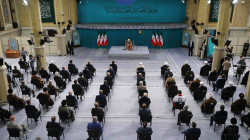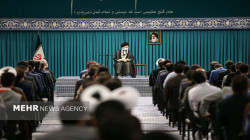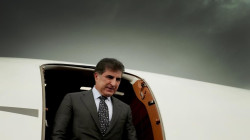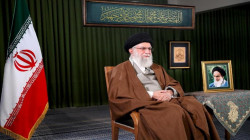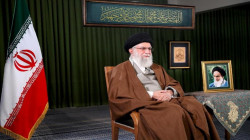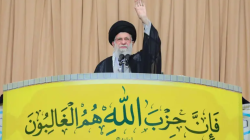Iran’s Supreme Leader Cancels Public Appearances After Falling Ill
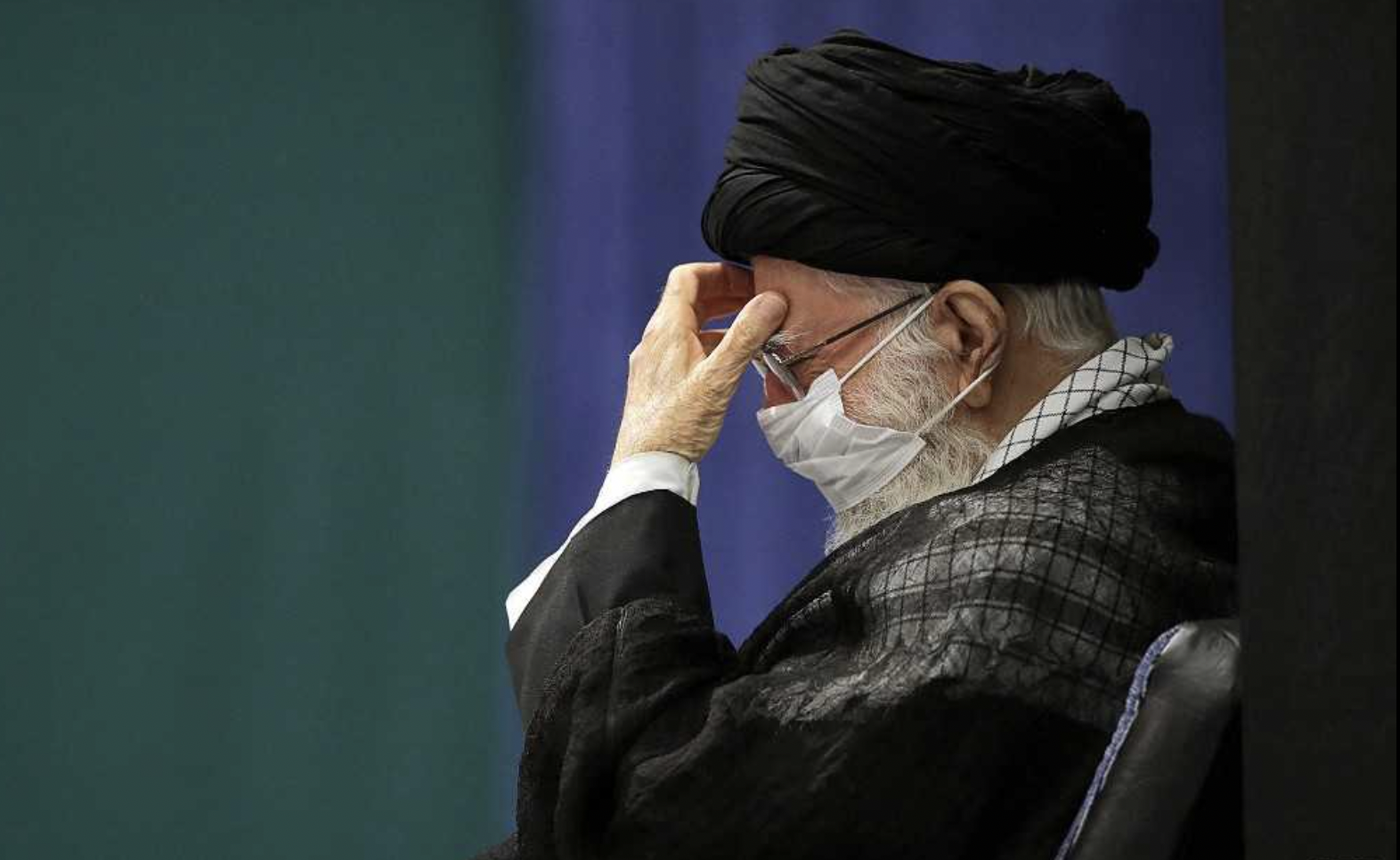
Shafaq News/ Iran’s supreme leader, Ayatollah Ali Khamenei, canceled all meetings and public appearances last week after falling gravely ill and is currently on bed rest under observation by a team of doctors, according to four people familiar with his health situation.
Mr. Khamenei, 83, had surgery some time last week for bowel obstruction after suffering extreme stomach pains and high fever, one of the people said. The four people, two of whom are based in Iran, including one who has close ties with the country’s Revolutionary Guards, requested anonymity for discussing a sensitive issue like Mr. Khamenei’s health.
Mr. Khamenei underwent the surgery at a clinic set up at his home and office complex and is currently being monitored around the clock by a team of doctors, the person familiar with the operation said. The ayatollah’s condition was considered critical last week, but has improved, and he is currently resting, the person said. His doctors are monitoring him around the clock and remain concerned that he is still too weak to even sit up in bed.
As supreme leader, Mr. Khamenei wields huge authority in Iran and would be the final arbiter on issues like the nuclear deal that is currently being negotiated with the United States. A former president of Iran and protégé of Ayatollah Ruhollah Khomeini, the founder of the revolution that led to the creation of the Islamic Republic of Iran in 1979, Mr. Khamenei assumed the position of the country’s top religious, political and military authority in 1989.
Tasnim news agency, affiliated with the Revolutionary Guards, posted a brief item on Friday saying Mr. Khamenei will attend a religious ceremony with university students on Saturday. But it wasn’t clear if it would take place, given his health.
Mr. Khamenei traveled to the religious city of Mashhad about two weeks ago to perform a ritual known as dust cleaning at the Imam Reza shrine in Mashhad. He went into a secluded area of the shrine, cleaned it and placed his head on a tombstone in a sign of prayer and submission. A photo of him at the shrine was published by Iranian media.
Mr. Khamenei told the people traveling with him that he felt it might be his last time at the shrine, given his age, according to one of the four people, who was familiar with the details of his trip. He got sick soon after arriving back in Tehran, and his situation deteriorated over the past week, the person said.
His office canceled all meetings last week, and also an important annual meeting with the Assembly of Experts — the body that will decide his replacement once he dies — on Sept. 6 because he was too ill to sit up, according to four people familiar with his health condition.
A member of the Assembly of Experts, Hashem Hashemzadeh Harissi, told an Iranian newspaper that “in this round, unlike previous rounds, the members of the Assembly of Experts did not meet with the supreme leader” because it would “be a heavy burden on him.”
While Mr. Khamenei’s situation prompted some speculation in Iran and among opposition groups outside the country in recent days that he had died, the country’s president, Ebrahim Raisi, traveled to Uzbekistan for a regional security meeting, and analysts said he would likely have canceled his trip if the ayatollah’s life had been in danger. Mr. Raisi is also scheduled to travel to New York for the United Nations General Assembly, where he will be speaking on Wednesday.
Iran usually does not comment publicly on Mr. Khamenei’s health. But in 2014, he underwent prostate surgery, and his recovery was widely covered in the official media.
Iran’s United Nations mission in New York said it could not immediately comment without getting approval from Tehran.
Source: The New York Times
